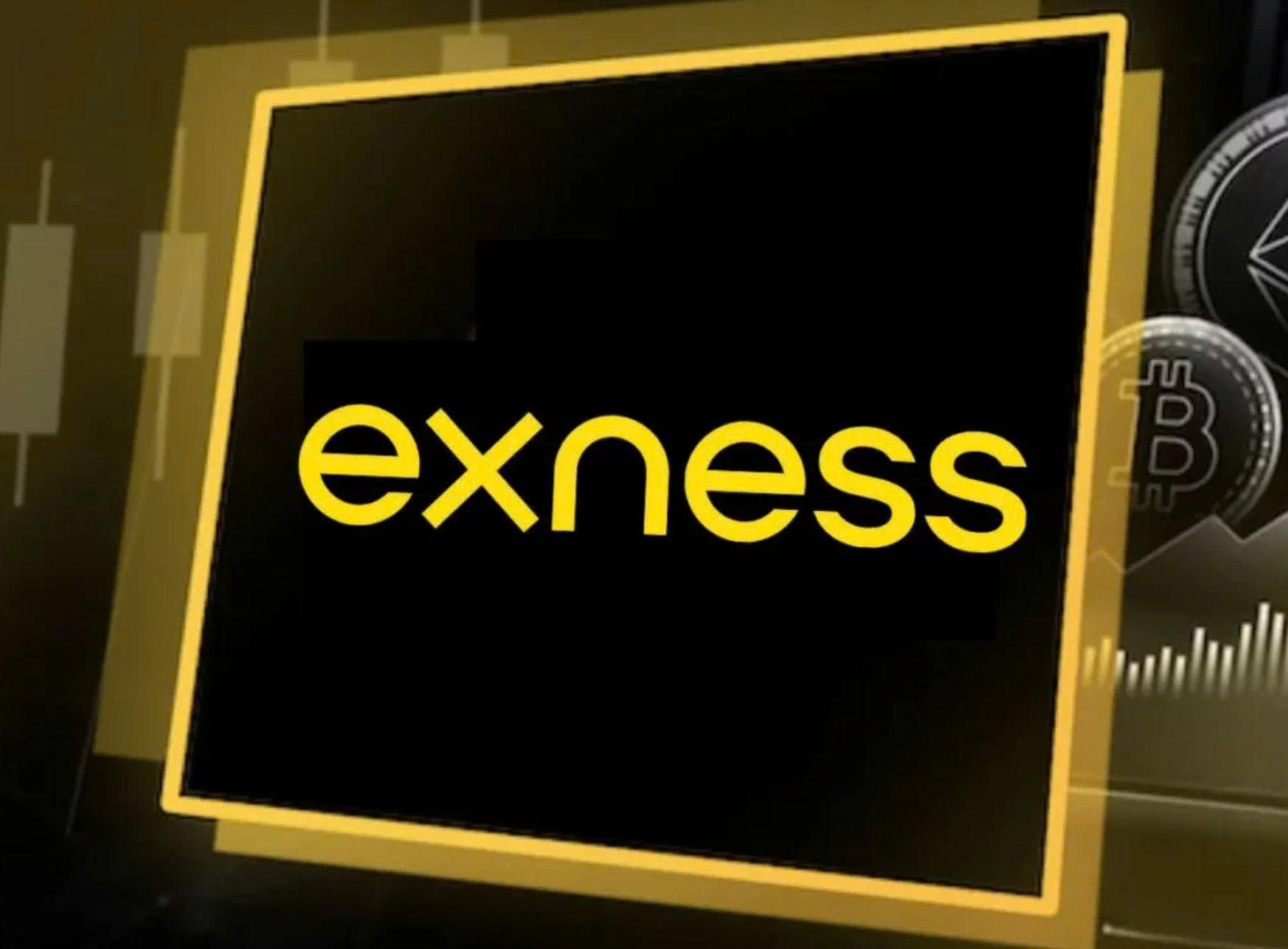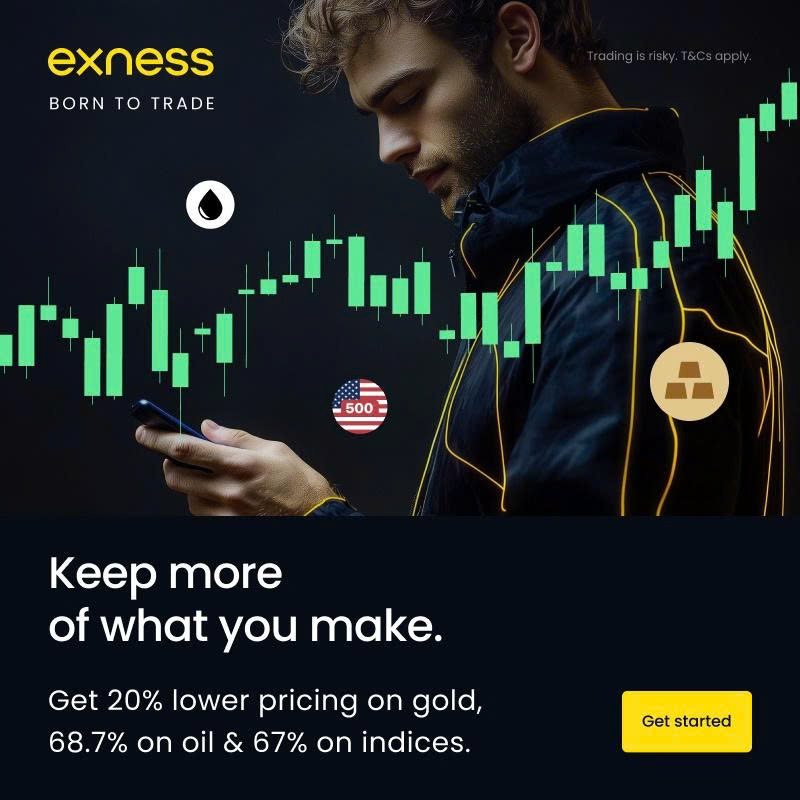
9 minute read
Does Exness Have Micro Account? Everything You Need to Know
If you’re wondering, “Does Exness have a micro account?”—the answer is yes, but they call it a Standard Cent account. This account type functions like a micro account, designed specifically for beginners or traders who want to test the waters with minimal financial risk. In this article, I’ll dive into what the Exness Standard Cent account offers, how it compares to other account types, and why it’s a great choice for new traders. Whether you’re just starting out or looking to refine your trading strategy, I’ve got you covered with all the details you need to make an informed decision.

✅ Trade with Exness now: Open An Account or Visit Brokers 👈
What Is a Micro Account, and Why Does It Matter?
Before we get into the specifics of Exness’s offering, let’s clarify what a micro account is. A micro account allows traders to open positions with smaller lot sizes—typically 0.01 lots, which equals 1,000 units of the base currency. This means you can trade with less capital and lower risk, making it perfect for beginners or those who want to experiment with strategies without risking a fortune. As someone who’s been in the trading game for a while, I can tell you that starting small is a smart way to avoid the costly mistakes many newbies make.
Exness’s Standard Cent account fits this description perfectly. It’s tailored for traders who want to dip their toes into the forex market without diving in headfirst. Let’s break down what makes this account stand out.
Exness Standard Cent Account: The Micro Account You’re Looking For
Exness offers five main account types: Standard, Standard Cent, Pro, Zero, and Raw Spread. The Standard Cent account is their version of a micro account, and it’s a fantastic option for new traders. Here’s why:
· Low Minimum Deposit: You can start trading with as little as $1, depending on your region and payment method. This is a game-changer for beginners who don’t have a big budget to start with. Compare that to other brokers who often require $50–$100 for their micro accounts, and Exness is clearly more accessible.
· Micro-Lot Trading: The Standard Cent account lets you trade micro lots (0.01 lots), meaning each pip movement is measured in cents rather than dollars. This reduces your exposure to market swings and keeps potential losses manageable. For example, a 10-pip move on a micro lot might only cost you a few cents, compared to several dollars on a standard lot.
· No Commissions: Unlike some of Exness’s other account types, the Standard Cent account is commission-free. You’ll only deal with spreads, which are slightly wider than on professional accounts but still competitive for a micro account.
· Limited Instruments: You can trade forex pairs and metals (like gold and silver), with a total of about 36 instruments available. While this is fewer than what’s offered on other Exness accounts, it’s more than enough for beginners to get started.
· MetaTrader 4 Only: The Standard Cent account is available exclusively on MetaTrader 4 (MT4), not MetaTrader 5 (MT5). This isn’t a huge deal since MT4 is user-friendly and widely used, but it’s something to keep in mind if you prefer MT5.
· Flexible Leverage: Exness offers flexible leverage options, allowing you to control larger positions with a smaller balance. However, high leverage can be a double-edged sword, so use it wisely to avoid amplifying losses.
In my experience, the Standard Cent account is ideal for anyone who’s new to trading or wants to test strategies in a real market environment without risking significant capital. It’s like a training ground where you can learn the ropes without the pressure of big losses.
How to Open a Standard Cent Account with Exness
Opening a Standard Cent account with Exness is quick and straightforward. I’ve guided a few friends through the process, and it usually takes less than 10 minutes. Here’s how it works:
1. Visit the Exness Website: Head to Exness's official site and click “Open Account” or “Register.”
2. Fill Out the Registration Form: Provide basic details like your name, email, phone number, and country of residence.

✅ Trade with Exness now: Open An Account or Visit Brokers 👈
3. Verify Your Identity: Upload a government-issued ID (like a passport or driver’s license) and proof of address (like a utility bill). This Know Your Customer (KYC) process is standard and usually takes up to 24 hours for approval.
4. Choose Your Account Type: Select “Standard Cent” from the list of account types. You’ll also pick your preferred leverage and base currency.
5. Fund Your Account: Deposit as little as $1 using various payment methods, including credit/debit cards, bank transfers, or e-wallets. Exness is known for its fast deposits and withdrawals, with over 98% of withdrawals processed instantly.
6. Start Trading: Once your account is funded, log into MT4 and start trading. You can even download the Exness mobile app to manage your trades on the go.
No fees are charged for opening the account, and the process is hassle-free. Just make sure you have your documents ready to speed up verification.
Why Choose the Exness Standard Cent Account?
So, why should you go for Exness’s Standard Cent account over other brokers’ micro accounts? Here are some key advantages:
· Low Risk, High Learning Potential: Trading in cents instead of dollars means you can make mistakes without blowing your account. This is perfect for beginners who are still learning how to analyze markets and execute trades.
· Competitive Spreads: While spreads on the Standard Cent account are wider than on Exness’s professional accounts, they’re still tight compared to other brokers’ micro accounts. This keeps your trading costs low.
· Access to Educational Resources: Exness provides a wealth of educational materials, including webinars, tutorials, and market analysis, which are especially helpful for new traders.
· Risk Management Tools: You can set stop-loss and take-profit orders to automatically close trades at specific price levels, helping you manage risk without constantly watching the market.
· Regulatory Compliance: Exness is regulated by multiple authorities, including the FSCA (South Africa) and FSA (Seychelles). This adds a layer of trust, ensuring your funds are safe.
· Real-Time Support: Exness offers 24/7 customer support via live chat, email, and phone. If you’re stuck, help is just a click away.
I’ve seen many new traders benefit from these features, especially the low deposit and risk management tools. They make it easier to focus on learning rather than worrying about losing big.
Comparing the Standard Cent Account to Other Exness Accounts
To help you decide if the Standard Cent account is right for you, let’s compare it to Exness’s other account types:
· Standard Account: Similar to the Standard Cent but designed for traders with more capital. It has a $1 minimum deposit, supports MT4 and MT5, and offers a broader range of instruments. Spreads are slightly tighter, but it’s still commission-free.
· Pro Account: Aimed at experienced traders, this account offers instant execution, tight spreads, and no commissions. It’s better for scalpers or day traders but requires a higher minimum deposit (varies by region).
· Zero Account: Offers zero spreads on top instruments but charges a commission (up to $3.5 per lot). It’s ideal for high-frequency traders who need the tightest spreads.
· Raw Spread Account: Features ultra-low spreads (from 0.0 pips) with a fixed commission. Like the Zero account, it’s suited for advanced traders.
The Standard Cent account stands out for its low-risk profile and beginner-friendly features. If you’re new to trading or want to test a strategy, it’s a better choice than the professional accounts, which cater to more experienced traders with larger budgets.
Is the Standard Cent Account Right for You?
The Exness Standard Cent account is perfect for:
· Beginners: If you’re new to forex trading, this account lets you practice with real money without risking significant losses.
· Risk-Averse Traders: If you prefer a conservative approach, the micro-lot trading and low deposit make it easy to diversify without overexposure.
· Strategy Testers: If you want to test a new trading strategy in live market conditions, the Standard Cent account offers a low-stakes environment.
However, if you’re an experienced trader looking for ultra-tight spreads or advanced instruments like stocks and cryptocurrencies, you might want to consider the Pro, Zero, or Raw Spread accounts instead.
Tips for Success with the Standard Cent Account
To make the most of your Exness Standard Cent account, here are a few tips from my own trading experience:
1. Start Small: Even with a micro account, don’t jump in with high leverage right away. Stick to low-risk trades until you’re confident.
2. Use Stop-Loss Orders: Protect your capital by setting stop-loss orders to limit potential losses.
3. Practice on a Demo Account First: Exness offers demo accounts for all account types except Standard Cent. Use a Standard demo account to get familiar with MT4 before trading real money.
4. Learn Continuously: Take advantage of Exness’s educational resources to improve your market analysis and trading skills.
5. Monitor Spreads: While spreads are competitive, they can vary depending on market conditions. Use Exness’s trading calculator to estimate costs.
Final Thoughts: Exness’s Micro Account Is a Great Starting Point
So, does Exness have a micro account? Absolutely—it’s called the Standard Cent account, and it’s one of the best options out there for beginners and cautious traders. With a low minimum deposit, micro-lot trading, competitive spreads, and robust risk management tools, it’s designed to help you learn and grow as a trader without breaking the bank. Plus, Exness’s reputation for transparency, fast withdrawals, and regulatory compliance makes it a trustworthy choice.
✅ Trade with Exness now: Open An Account or Visit Brokers 👈
Read more:

